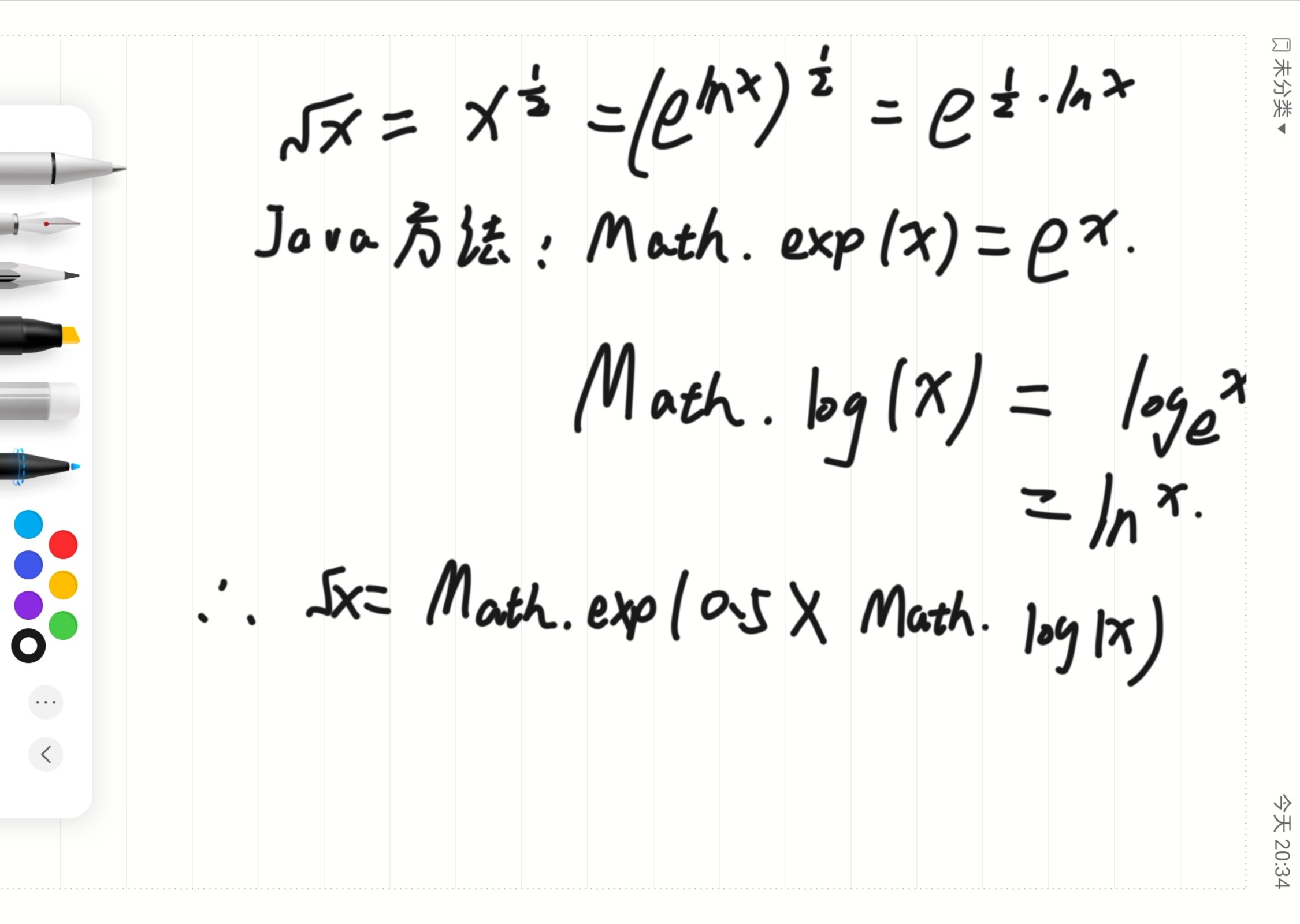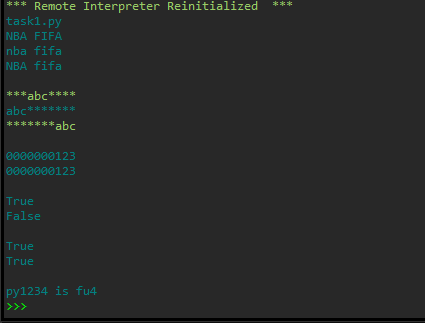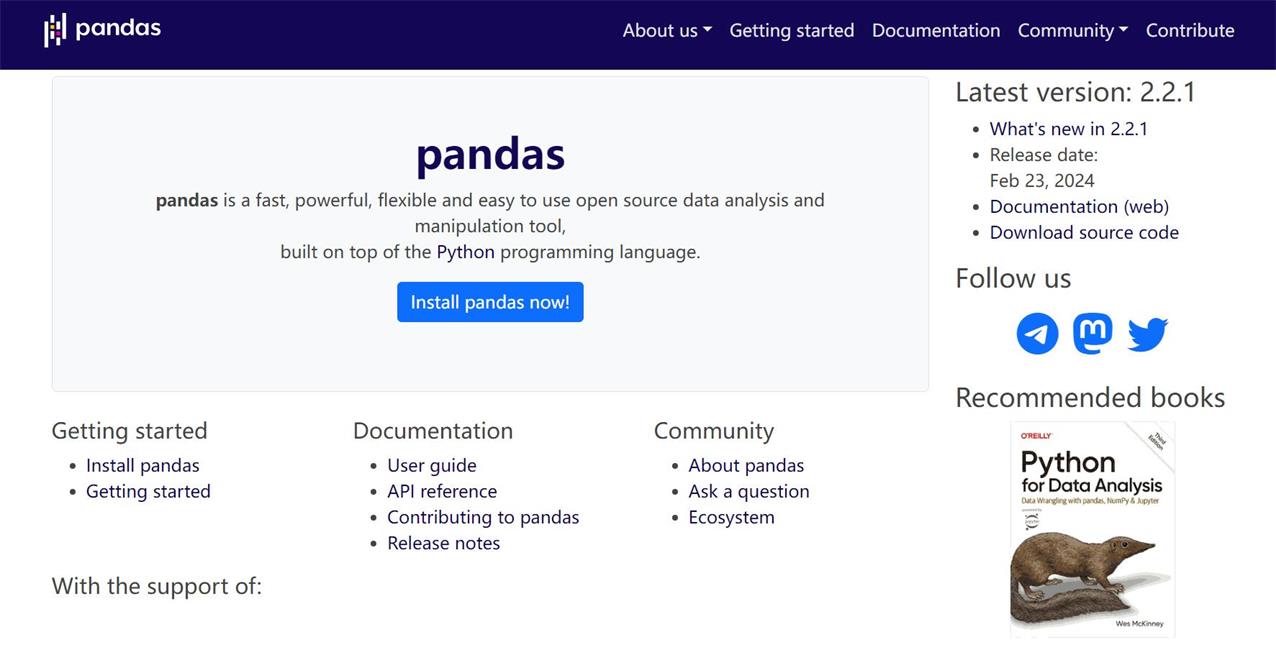前言
前面我们简单的了解了 vue 初始化时的一些大概的流程,这里我们详细的了解下具体的内容;
内容
这一块主要围绕init.ts中的vm.$mount进行剖析。
vm.$mount
vm.$mount是全局的公共方法方法,但是这是我们要找的话就要向上查找了,代码位于scr/platforms/web/runtime/index.ts中;
// public mount method
Vue.prototype.$mount = function (
el?: string | Element,
hydrating?: boolean
): Component {
// 浏览器环境下如果存在el,则调用query方法进查询
el = el && inBrowser ? query(el) : undefined
return mountComponent(this, el, hydrating)
}
query
query位于src/platforms/web/util/index.ts中;
/**
* Query an element selector if it's not an element already.
* 如果元素选择器还不是元素,就查找下
*/
export function query(el: string | Element): Element {
// 如果元素是字符串通过元素选择器进行查找,查找到就返回
// 未找到的话开发环境会发出警告并创建div元素返回
if (typeof el === 'string') {
const selected = document.querySelector(el)
if (!selected) {
__DEV__ && warn('Cannot find element: ' + el)
return document.createElement('div')
}
return selected
} else {
return el
}
}
mountComponent
mountComponent位于src/core/instance/lifecycle.ts;
export function mountComponent(
vm: Component,
el: Element | null | undefined,
hydrating?: boolean
): Component {
// 挂载点赋值给实例上的$el
vm.$el = el
// 如果$options不存在render就创建一个空的虚拟的dom赋予render
if (!vm.$options.render) {
// @ts-expect-error invalid type
vm.$options.render = createEmptyVNode
// 开发环境下,如果存在配置模板或者el属性会发出警告
// 需要将模板预编译为渲染函数或者使用包含编译器的版本
if (__DEV__) {
/* istanbul ignore if */
if (
(vm.$options.template && vm.$options.template.charAt(0) !== '#') ||
vm.$options.el ||
el
) {
warn(
'You are using the runtime-only build of Vue where the template ' +
'compiler is not available. Either pre-compile the templates into ' +
'render functions, or use the compiler-included build.',
vm
)
} else {
warn(
'Failed to mount component: template or render function not defined.',
vm
)
}
}
}
// 调用生命周期钩子函数beforeMount
callHook(vm, 'beforeMount')
let updateComponent
// 开发环境性能分析相关代码
/* istanbul ignore if */
if (__DEV__ && config.performance && mark) {
updateComponent = () => {
const name = vm._name
const id = vm._uid
const startTag = `vue-perf-start:${id}`
const endTag = `vue-perf-end:${id}`
mark(startTag)
const vnode = vm._render()
mark(endTag)
measure(`vue ${name} render`, startTag, endTag)
mark(startTag)
vm._update(vnode, hydrating)
mark(endTag)
measure(`vue ${name} patch`, startTag, endTag)
}
} else {
// 定义updateComponent调用_update方法对比更新vnode
updateComponent = () => {
vm._update(vm._render(), hydrating)
}
}
// watcher选项
const watcherOptions: WatcherOptions = {
before() {
if (vm._isMounted && !vm._isDestroyed) {
callHook(vm, 'beforeUpdate')
}
}
}
if (__DEV__) {
watcherOptions.onTrack = e => callHook(vm, 'renderTracked', [e])
watcherOptions.onTrigger = e => callHook(vm, 'renderTriggered', [e])
}
// we set this to vm._watcher inside the watcher's constructor
// since the watcher's initial patch may call $forceUpdate (e.g. inside child
// component's mounted hook), which relies on vm._watcher being already defined
// 我们将其设置为vm._watcher在watcher的构造函数中,
// 因为观察程序的初始补丁可能会调用$forceUpdate(例如,在子组件的挂载钩子中),
// 这依赖于已定义的 vm__watcher
new Watcher(
vm,
updateComponent,
noop,
watcherOptions,
true /* isRenderWatcher */
)
hydrating = false
// flush buffer for flush: "pre" watchers queued in setup()
// setup中定义的预执行的 watcher,调用 watcher.run方法执行一次
const preWatchers = vm._preWatchers
if (preWatchers) {
for (let i = 0; i < preWatchers.length; i++) {
preWatchers[i].run()
}
}
// manually mounted instance, call mounted on self
// mounted is called for render-created child components in its inserted hook
// 手动挂载实例,并且在首次挂载($vnode为空)时去触发 mounted钩子
if (vm.$vnode == null) {
vm._isMounted = true
callHook(vm, 'mounted')
}
// 返回组件实例对象
return vm
}
_update
_update位于src/core/instance/lifecycle.ts下的lifecycleMixin方法中;
Vue.prototype._update = function (vnode: VNode, hydrating?: boolean) {
const vm: Component = this
// 挂载点真实dom
const prevEl = vm.$el
// 老的虚拟dom
const prevVnode = vm._vnode
// 设置激活的组件实例对象 | 缓存当前实例,为了处理 keep-alive情况
const restoreActiveInstance = setActiveInstance(vm)
// 新的虚拟dom
vm._vnode = vnode
// Vue.prototype.__patch__ is injected in entry points
// based on the rendering backend used.
// Vue.prototype.__patch__是基于所使用的渲染后端在入口点中注入的
// __patch__打补丁这里涉及到就是diff算法了
if (!prevVnode) {
// initial render | 首次渲染
vm.$el = vm.__patch__(vm.$el, vnode, hydrating, false /* removeOnly */)
} else {
// updates | 更新
vm.$el = vm.__patch__(prevVnode, vnode)
}
restoreActiveInstance()
// update __vue__ reference
// 存在真实的dom节点就重置__vue__再挂载新的
if (prevEl) {
prevEl.__vue__ = null
}
// 将更新后的vue实例挂载到vm.$el.__vue__缓存
if (vm.$el) {
vm.$el.__vue__ = vm
}
// if parent is an HOC, update its $el as well
// 如果当前实例的$vnode与父组件的_vnode相同,也要更新其$el
let wrapper: Component | undefined = vm
while (
wrapper &&
wrapper.$vnode &&
wrapper.$parent &&
wrapper.$vnode === wrapper.$parent._vnode
) {
wrapper.$parent.$el = wrapper.$el
wrapper = wrapper.$parent
}
// updated hook is called by the scheduler to ensure that children are
// updated in a parent's updated hook.
// 调度程序调用updated hook,以确保子级在父级的更新hook中得到更新。
}


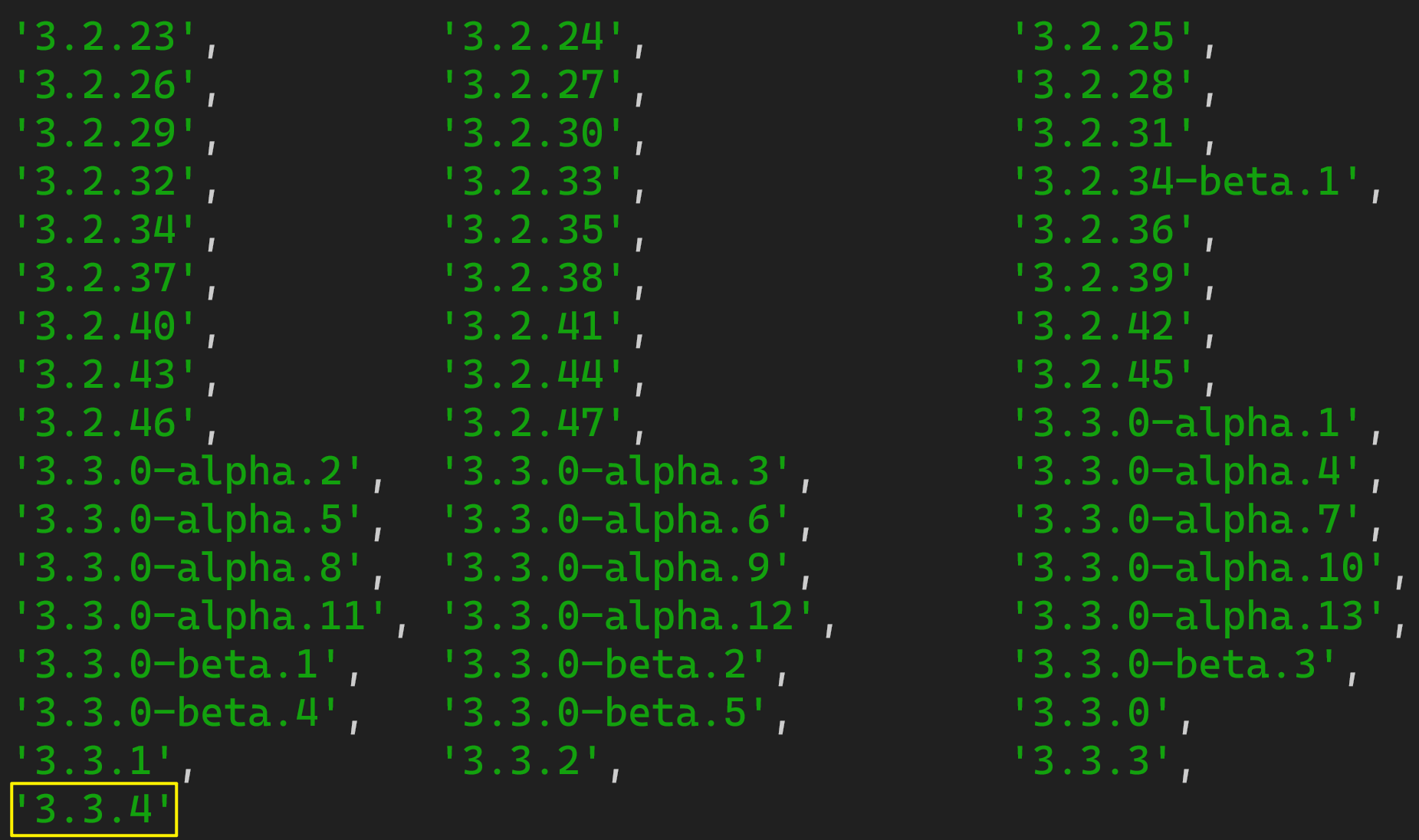





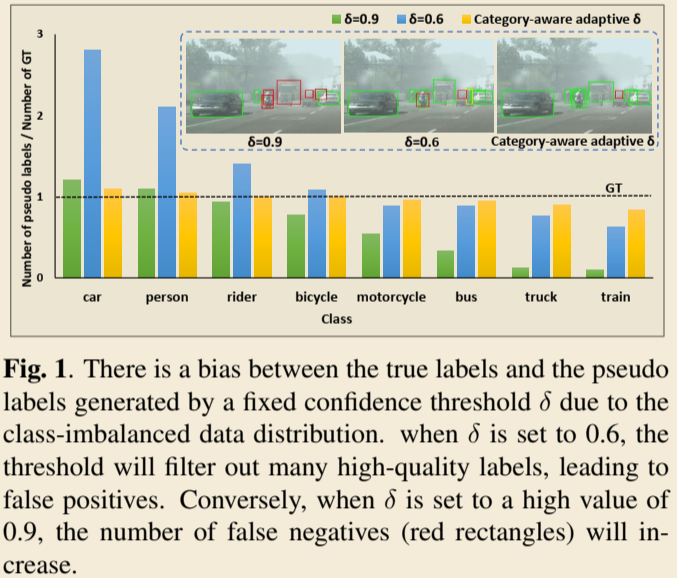
![旋转卡壳(求凸包直径)学习笔记 | 题解 P1452 [USACO03FALL]Beauty Contest G /【模板】旋转卡壳](https://img2023.cnblogs.com/blog/2926148/202301/2926148-20230112111902254-1705665275.png)

